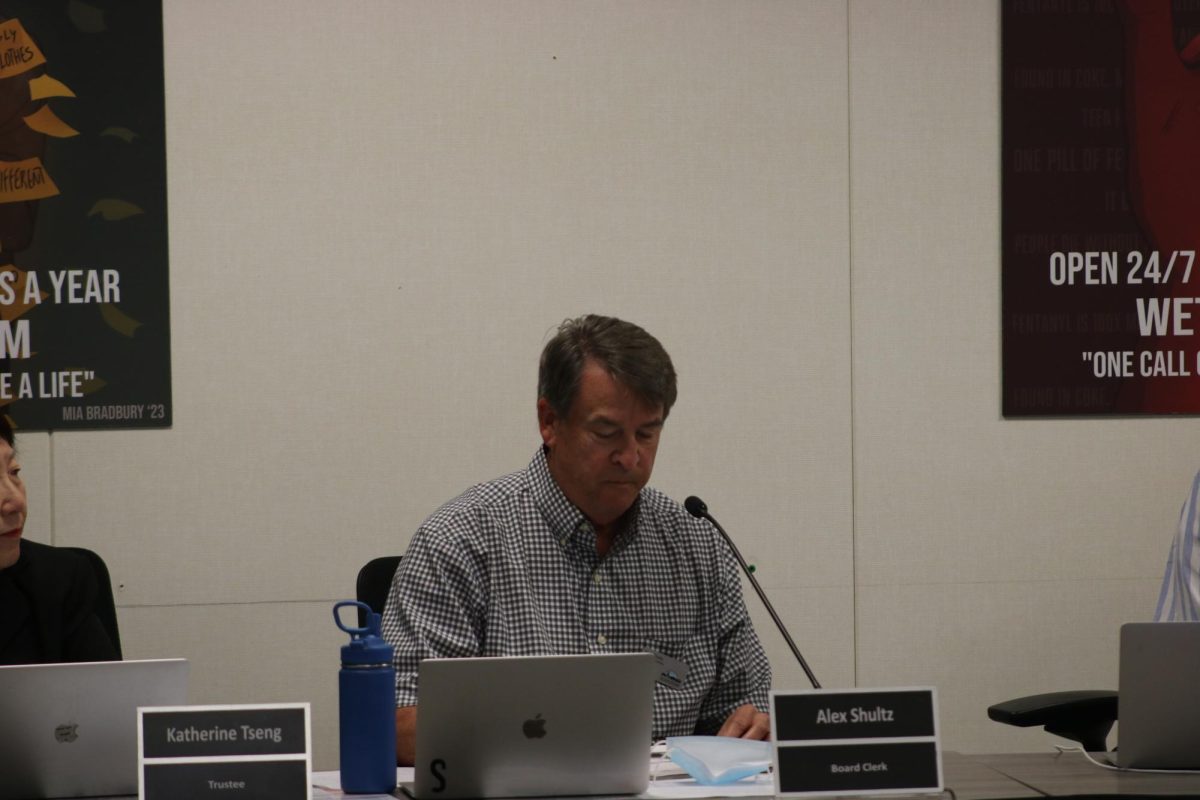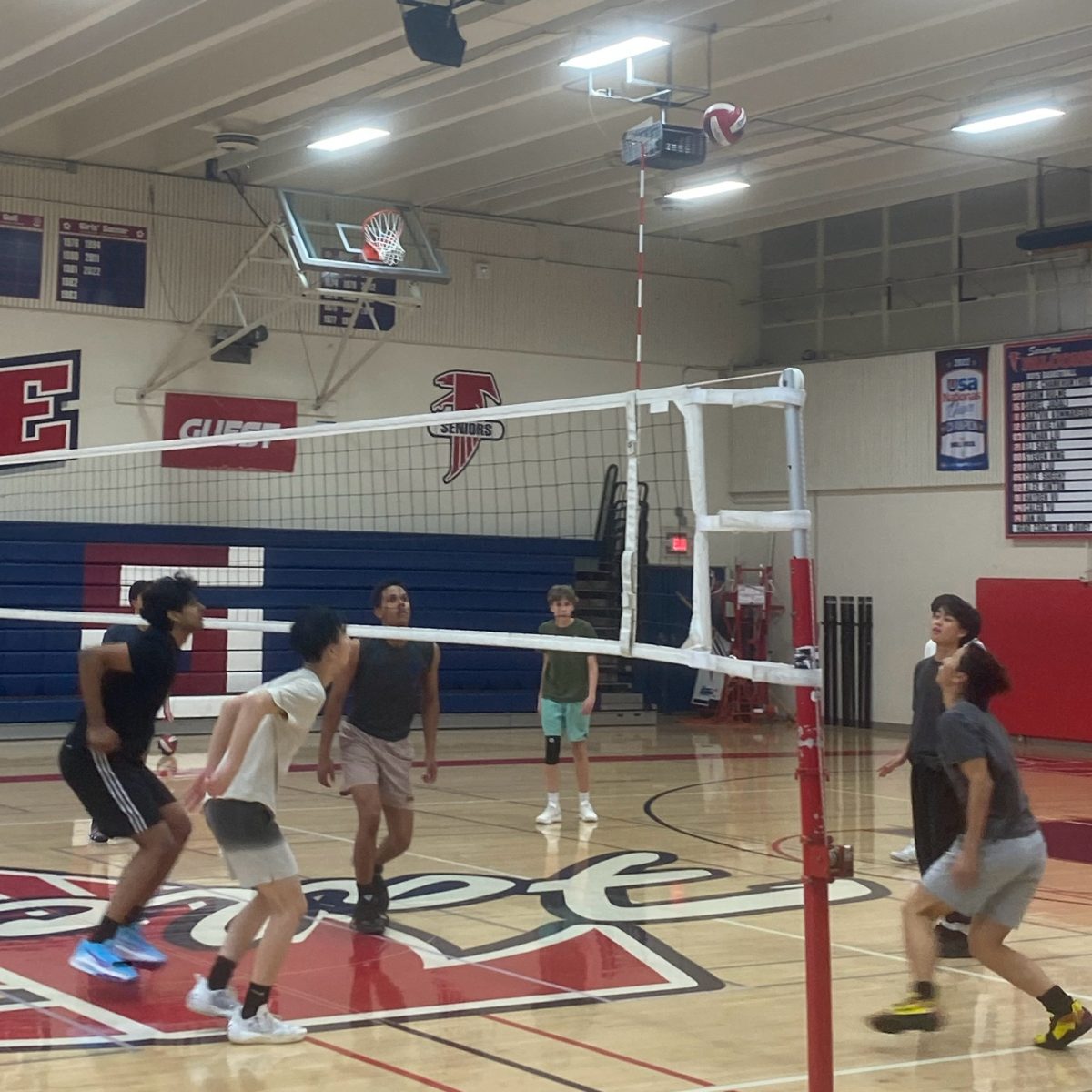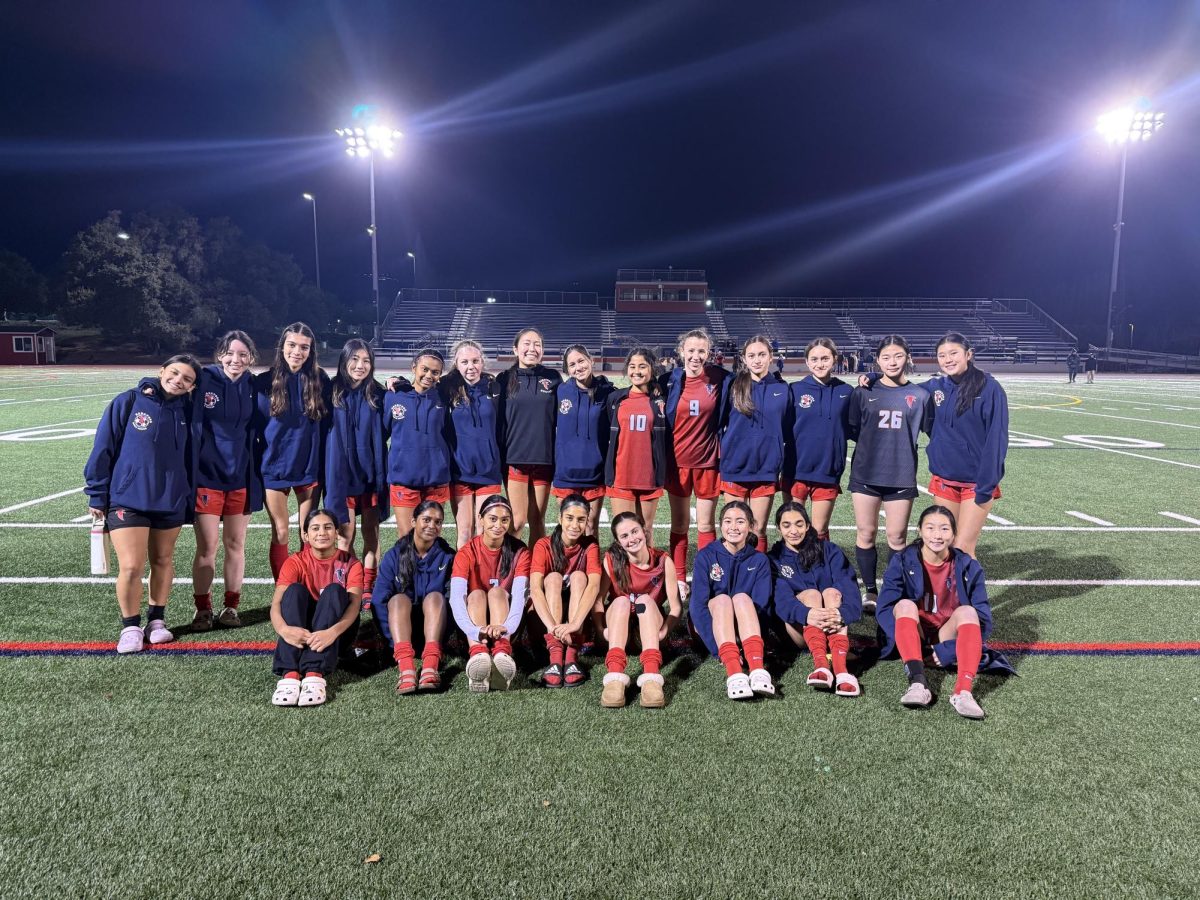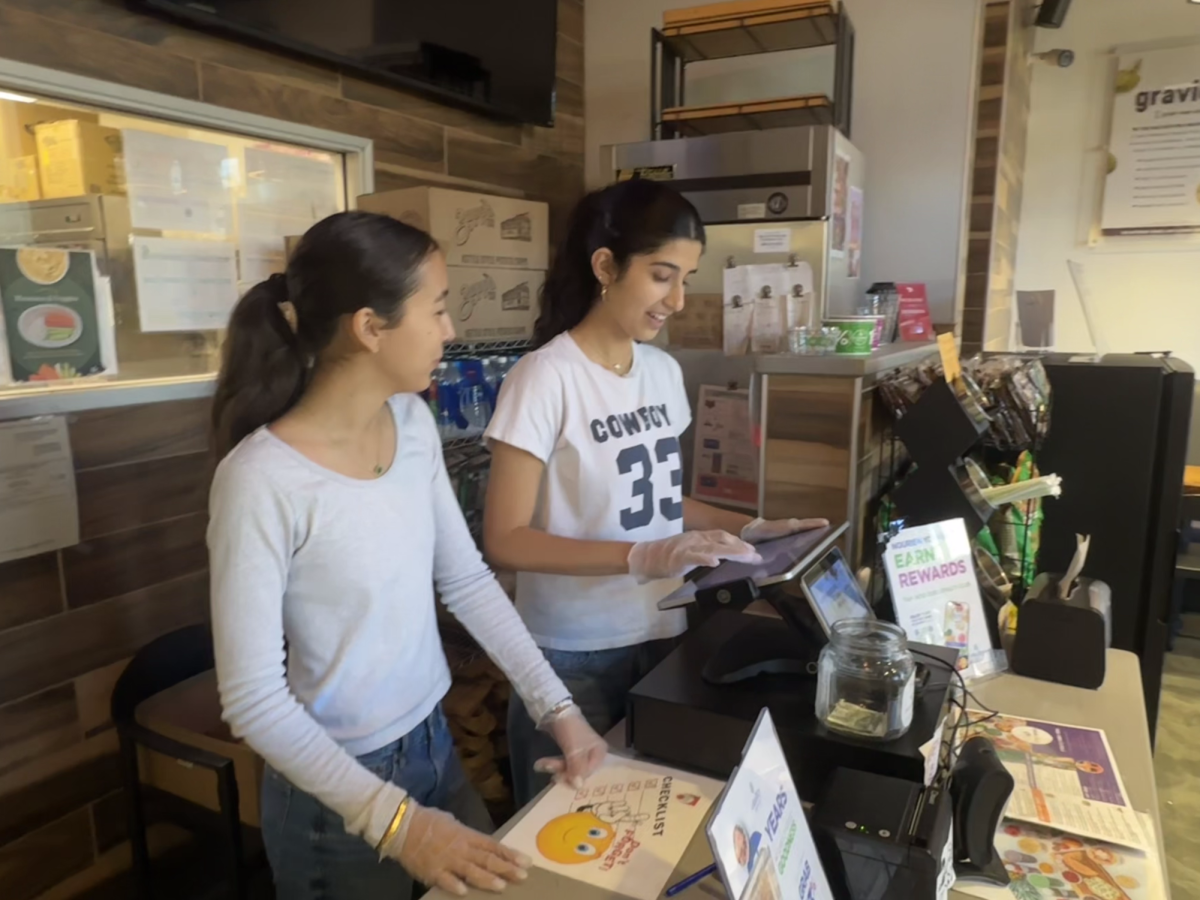After juniors Mindi Hendley and Tina Mohr turned 16 this past summer, the friends decided to seek out a long-term job to gain both experience working in a professional environment and extra money for shopping. Although they’d been open to work as 14-years-olds, and were technically eligible to, according to California state law, many of the places they both looked to apply to, like local cafes, required employees to be at least 16.
In May, Hendley and Mohr used Indeed — an employment website — to reach out to around 15 businesses in the local food industry. They focused on chain stores like Crumbl Cookies, Nothing Bundt Cakes and cafes. However, after no response, the two of them decided to create a spreadsheet with over 50 businesses they were interested in working for and sent their resumes to each location.
While reaching out to so many locations may seem excessive, Hendley and Mohr found this necessary due to their lack of work experience, young age and inflexible schedule filled with sports, academics and other extracurricular activities.
“Out of all the 50 restaurants that we called, only 20 said they were hiring. Out of the 20 that we dropped our resumes off at, only one responded, and it was Vitality Bowls,” Hendley said. “To this day, none of the other places we dropped our resumes off at have replied.”
When the owners of Cupertino Vitality Bowls reached out to Hendley and Mohr in early June, they asked about their availability and scheduled an online interview.
“I spent two hours researching questions they might ask me during the interview,” Hendley said. “But the owners were just trying to get a grasp of our personalities to see if we’d be good with customer service.”
Hendley and Mohr were both shocked that the only question the owners asked them was about their favorite Vitality Bowl flavor.
Once they were hired this summer, Hendley and Mohr spent a couple hours on their food certifications at home to obtain the California Food Handler Card. The food certification process involved many aspects of working in the food industry, such as the importance of food safety (safely preparing and handling food), cross-contamination, hygiene and cleaning.
Afterward, to complete their in-person training, Hendley and Mohr worked with the shift leads to learn how to make orders and use the cash register.
The leads, who were 18- to 21-years-old, varied every shift. They typically had worked at Vitality Bowls for a minimum of a year, but Mohr recalled one shift lead who had only been working at Vitality Bowls for a month. However, Hendley mentioned that all leads she worked with had prior experience with other food-service jobs.
“Our shift lead just started telling us to make orders [on our first day]. It was very fast paced. Most of our training was just working there and the shift leads would help us out if we had any questions,” Mohr said. “In about two weeks to a month, we got used to it.”
During the summer, Hendley and Mohr worked around four to six times a week. However, during the school year, they only work on Fridays or weekends, with an average shift lasting around four to six hours.
In a typical shift, the pair has to refer to screens in the kitchen, where all orders are received. Most are takeout from online food ordering companies like Uber Eats or DoorDash. But when they hear the bell ring, Hendley and Mohr know that a customer has come in, so one of them goes up to the register and takes the customer’s order.
Both make the açai bowl using a pre-made batch of popular Vitality bowl bases, often made by an employee earlier in the morning. However, if the base they need isn’t pre-made, Vitality Bowls has a freezer with frozen fruit that they use to measure and blend açaí bases themselves.
Usually, the two don’t work the same shifts together because, of the maximum three employees working at a time, one must be a shift lead. But for Mohr, the independence that came with her role has been pivotal. For example, she is responsible for making decisions on her own, such as determining the order in which to make the açai bowls or selecting the type of açai base to prepare for the day.
“This is really valuable in the real world. Nobody is going to tell you what to do. You have to know how to help yourself,” Mohr said. “It’s tricky at first, but when you figure it out, it becomes second nature and it’s easier to make decisions for yourself.”
Additionally, Mohr has noticed herself becoming more outgoing and talkative, as a result of the socialization required in customer service in every shift. Although the job may seem tiring at times, they say they greatly appreciate the welcoming community and environment at Vitality Bowls.
“[My coworkers are] super talkative; it really improved connections outside of our high school,” Hendley said. “I’ve heard from my coworkers that Vitality is one of the best jobs they had because of the community.”




























